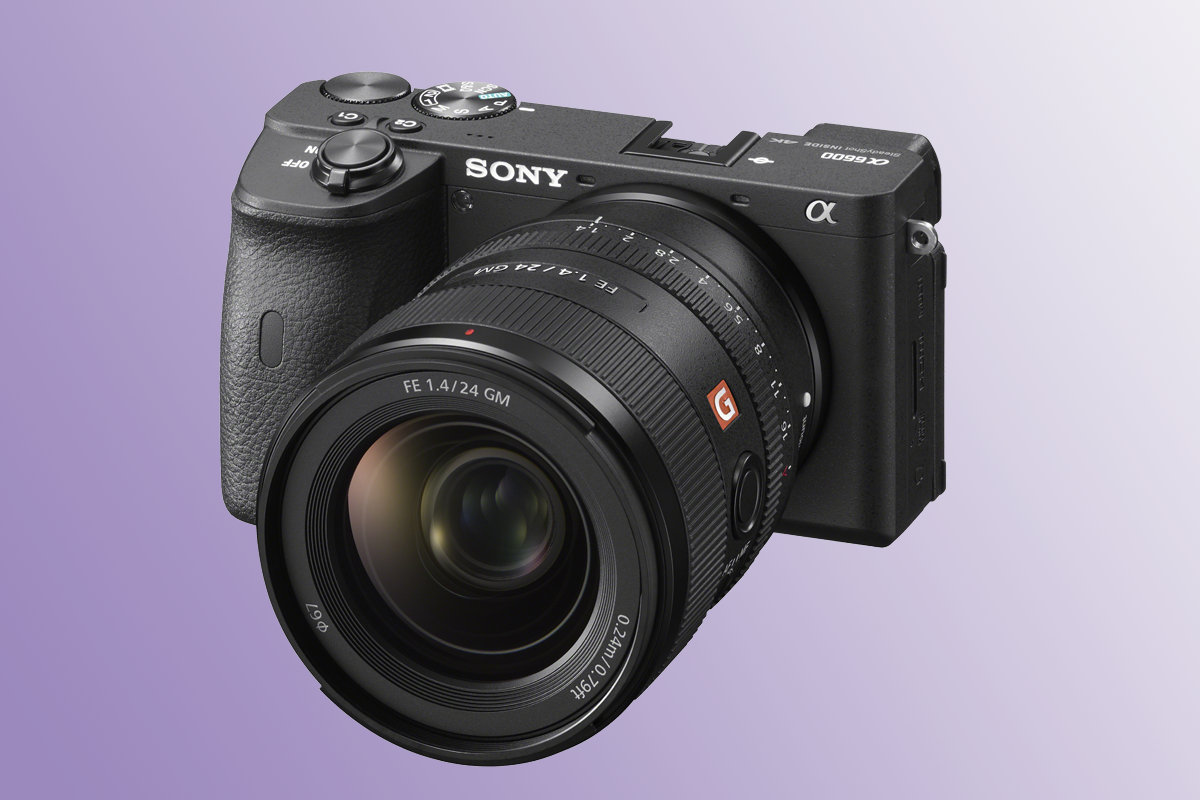Sony A6600 vs Sony A6500: Should you upgrade?
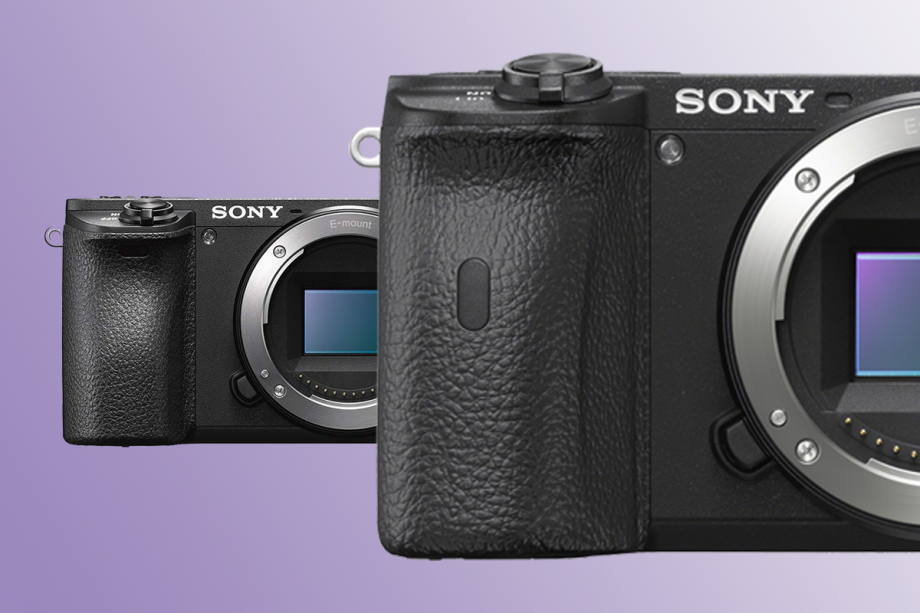
Sony’s APS-C range of cameras may not have been grabbing the headlines to the degree of its full-frame offerings, but it’s the former models that the majority of consumers actually buy – and a new flagship camera has been announced in the form of the Sony A6600.
In true Sony style, it hasn’t actually been that long since the previous flagship was unveiled, so it’s worth comparing the two side by side to see which is worthy of your investment.
As you might expect, the newer model comes at a price premium. It isn’t too extreme, though: at the time of writing, the A6600 will likely set you back approx £300 more than the A6500.
Still, that £300 isn’t an insignificant sum; it’s money that you could be putting towards a lens, another accessory, or even a trip away. So is it worth splashing out? Both models feature a 24.2-megapixel APS-C sensor paired with a Bionz X processor, which suggests image quality should be similar. Let’s look at the key differences.
Related: Sony Alpha A6500 review
Sony A6600 vs A6500 – Design and screen
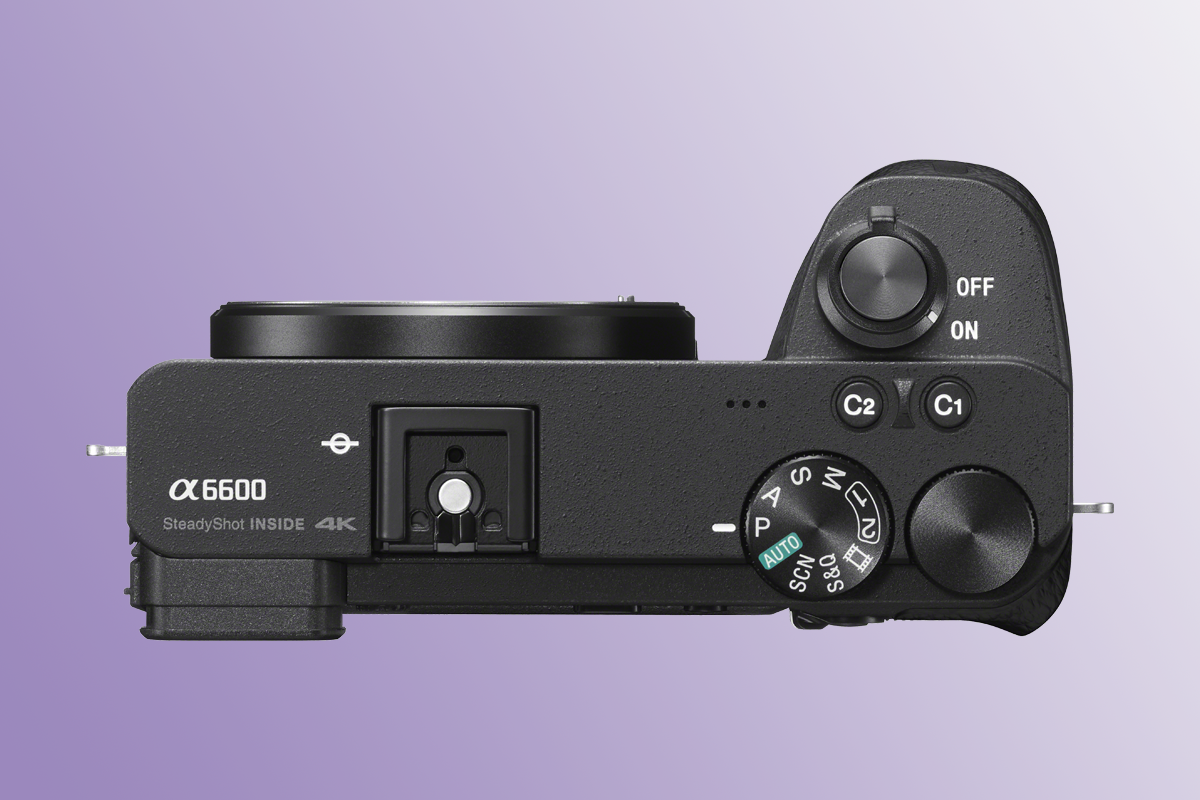
Here’s where Sony has made a couple of small but important tweaks. The result is that shooting with the A6600 is a far nicer experience than its predecessor. There’s now an improved grip, which is 6.5mm deeper and is 15% bigger overall – you may still find that your little finger dangles precariously off the bottom edge of the camera if your hands are on the large size, but it’s certainly a more comfortable experience. Sony also claims that the grip’s material has been “upgraded” for a “more rigid feel”.
Being able to customise how different buttons and dials work has always been a focus for Sony, and for the A6600 the company has added an additional custom button for extra control. Both the A6600 and A6500 are dust- and moisture-resistant, which should make them fully able to withstand a rain shower or two while out shooting landscapes or seascapes.
The built-in viewfinder remains the same for the A6600 as the A6500, being 0.39in in size and 2359k-dots. It isn’t as large or as high resolution as those you’ll find on the A9 or A7 full-frame cameras, but it’s perfectly usable.
Meanwhile, the screens too are similar at 3in in size and 921,600 dots. However, the A6600’s screen can tilt to face all the way forwards for shooting selfies and videos; vloggers, in particular, will welcome this update.
Related: Best camera 2019
Sony A6600 vs A6500 – Autofocus
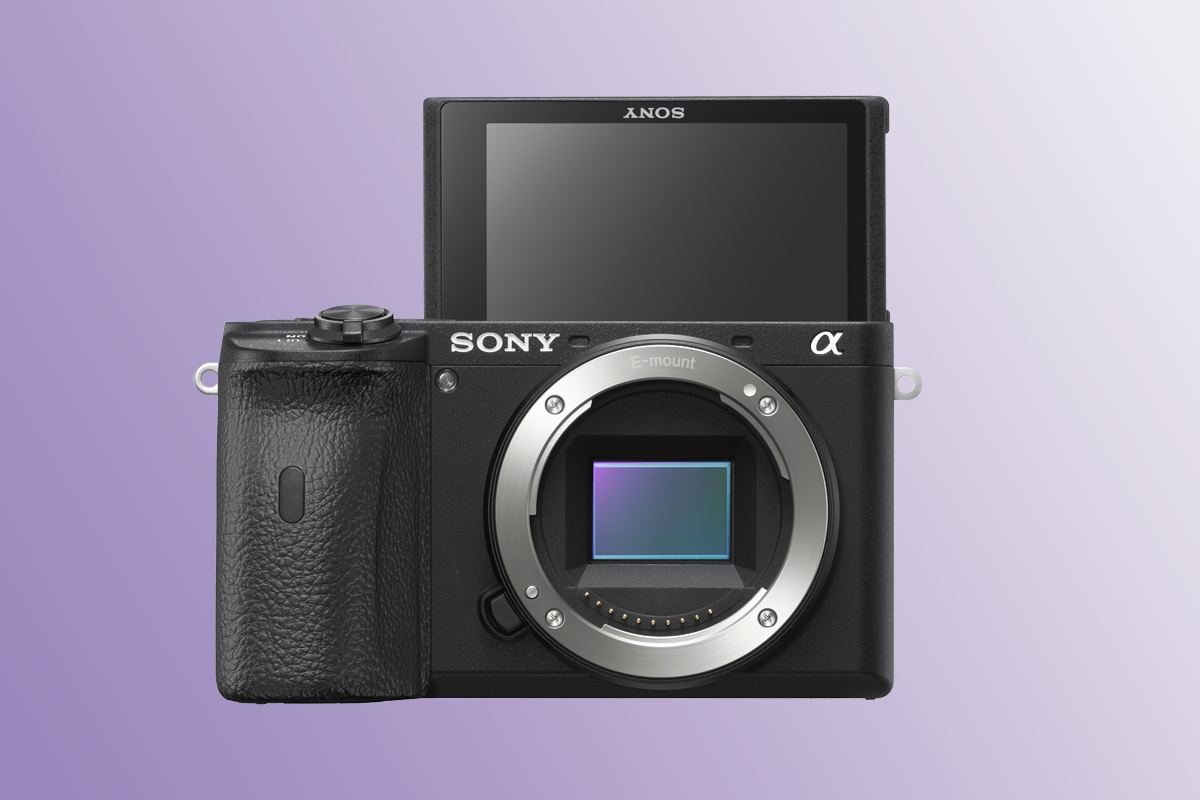
Sony has made huge strides in autofocus performance, even for its more affordable APS-C models.
The A6500 was certainly no slouch, packing a Fast Hybrid AF system with 425 phase-detection autofocus points coupled with 169 contrast-detect AF points for both fast and accurate focusing. It also featured Eye AF and Tracking AF.
Building on that excellent performance, the A6600 features 425 phase-detection points as well as 425 contrast-detect points. This means that almost the entire frame is covered by points. “Real-time” autofocus tracking has also been included. It uses artificial intelligence to switch to the most appropriate type of tracking for the subject, while real-time Eye AF also incorporates Animal Eye AF for enhanced pet portraits.
If you’re the kind of photographer who likes to shoot mainly static subjects – such as landscapes – then the improvements made here are unlikely to be hugely impactful. For somebody who shoots action and sports, however, it could be worth the extra investment.
Sony A6600 vs A6500 – Image quality and performance
In terms of image quality, the difference between the A6500 and the A6600 should be pretty minimal.
Both use a 24.2-megapixel APS-C sensor paired with a Bionz X processor, offering 5-axis image stabilisation. With improved autofocus tracking, it should be easier to capture some subjects – but, otherwise, image quality should be near-identical. A more precise comparison will be possible once full production samples of the A6600 become available.
A significant improvement comes in the form of battery life. The A6600 includes the new “Z” battery, which promises the best battery life of any Sony mirrorless camera – including the full-frame models. The Z battery has a CIPA rating of 810 shots, although you should be able to achieve better performance with good power management practices. Nevertheless, that 810 shots is super-impressive performance indeed. By contrast, the Aa6500 has a more modest 310-shot life.
Related: Best compact camera 2019
Sony A6600 vs A6500 – Video
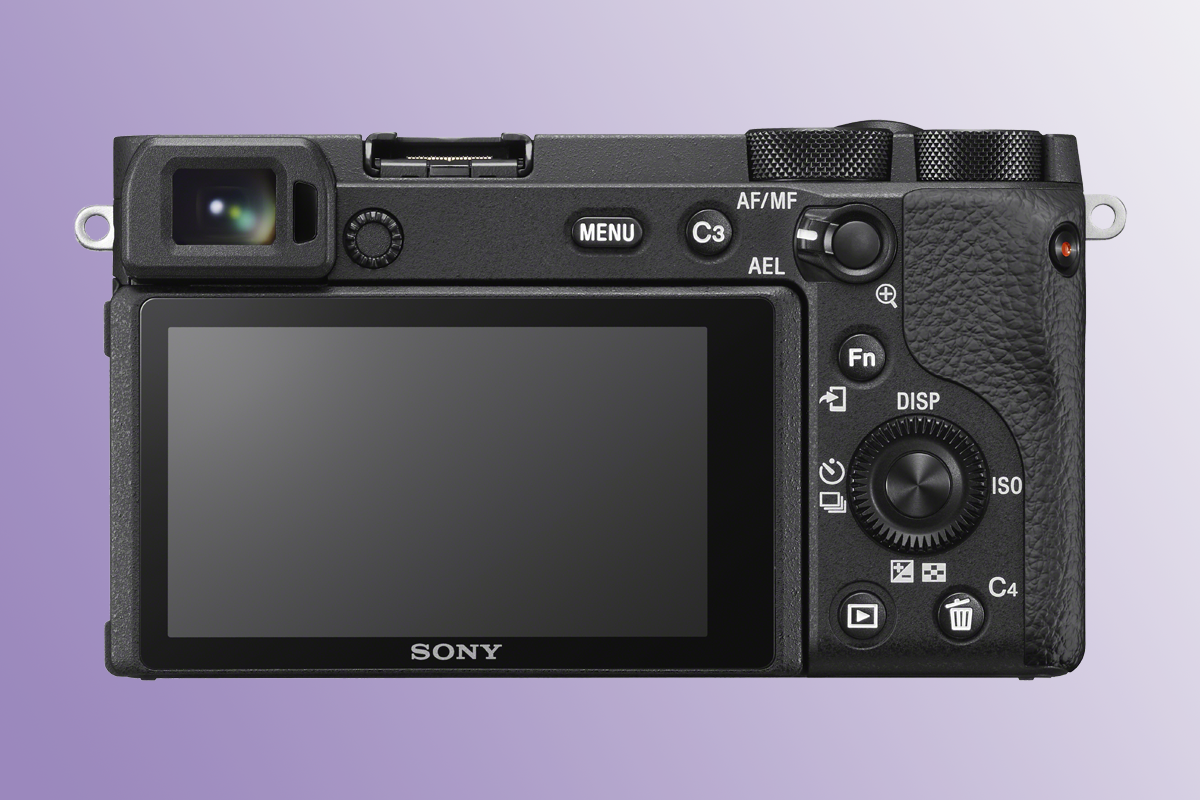
Both the A6500 and A6600 feature 4K video recording. You should therefore find that in terms of output, both models are roughly equal.
However, there have been some key improvements made to how you actually capture that footage. For a start, real-time AF is also now available in video recording, as well as in stills capture.
Furthermore, as well as a microphone socket, there’s now also a headphone jack for monitoring audio. The screen tilting all the way forward will be appreciated by vloggers and those who record pieces to camera.
Related: Best vlogging camera 2019
Sony A6600 vs A6500 – Early verdict
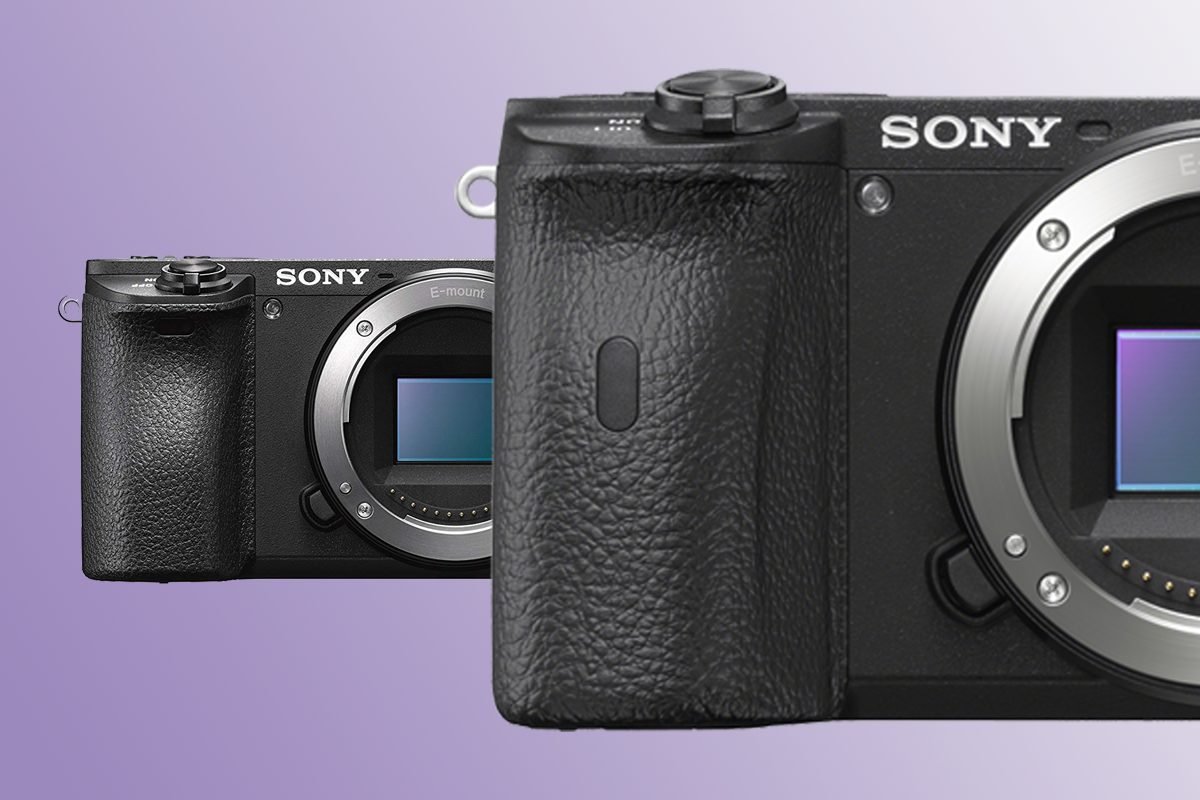
There’s plenty to like about both the A6500 and the A6600. Sony claims that more than 40 improvements have been made between the two models. While some of those are significant, others are minor.
At the time of writing, the A6600 retails for around £1449 (body only), making it around £300 more expensive than the A6500. Whether you choose to splash the extra cash will largely depend on the kind of photographer you are.
The biggest improvements come in the shape of autofocus tracking, which could prove useful for action and sports photography. If you’re someone whose subjects are usually still – landscapes, portraits or still life, for example – then you’ll be better served by the cheaper A6500.
It’s the A6600’s improved 810-shot battery life that really makes it worthy of consideration over the A6500. If you’re a travel photographer worried about short battery life, then this could make the A6600 worth the extra money.
Overall, the older A6500 remains a competent and capable camera that’s still well worth considering if you’re looking for a high-end compact system camera. Investing the extra cash in the newest model is worth it for several reasons, but it’s particularly appealing for action photographers. We’ll take a look in greater detail at how the A6600 stacks in due course.

